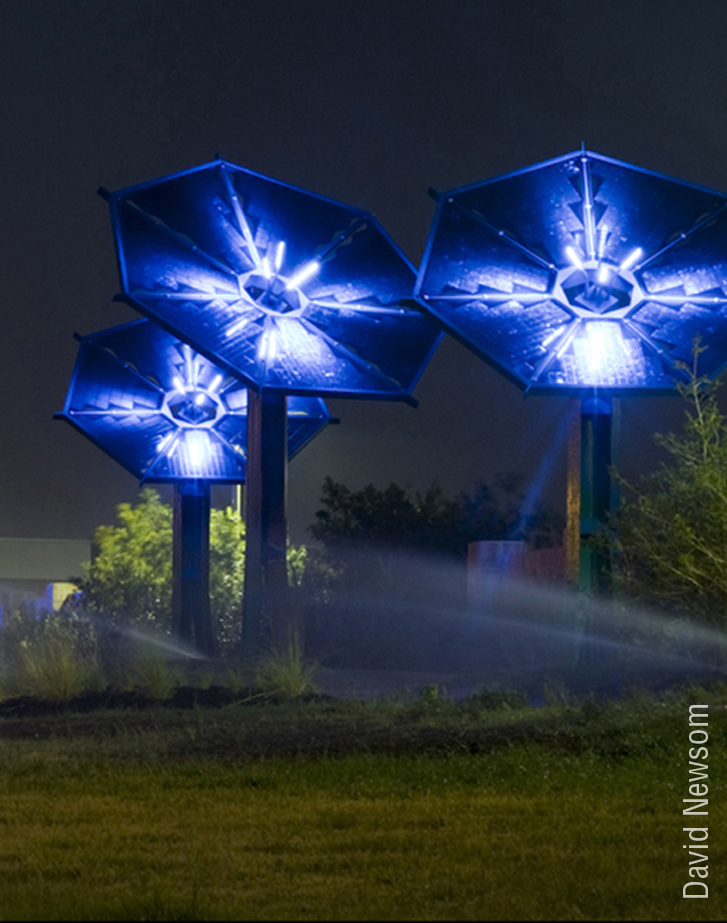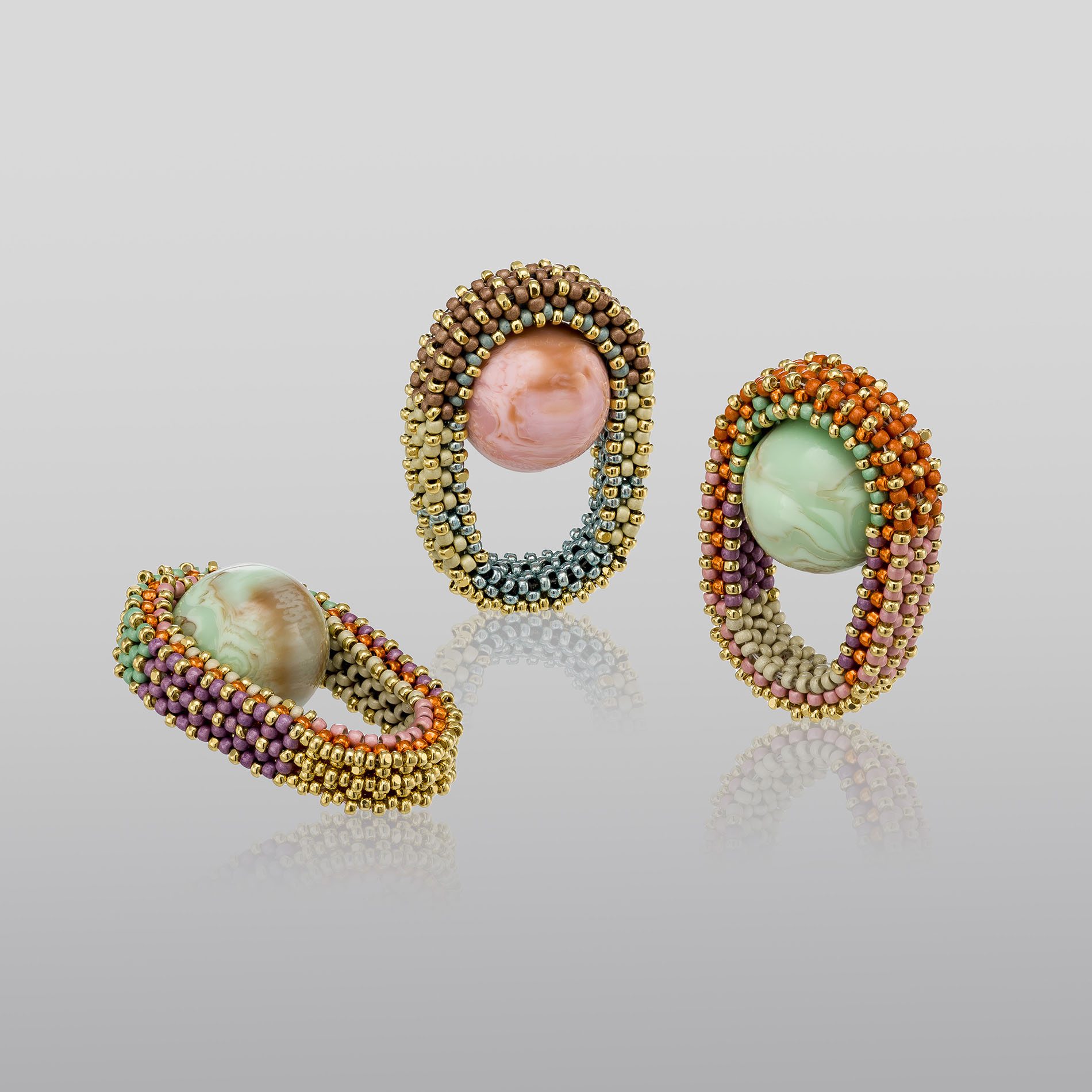Jersey City Efforts May Benefit Entire US East Coast
How do you draw attention to a once-in-a-lifetime opportunity to preserve green space? For one university and community organization, the answer was obvious: invite artists to help!
The New Jersey City University and the nonprofit Embankment Preservation Coalition invited local artists to create works inspired by Jersey City’s “Harsimus Branch and Embankment.” Forty-three artists responded, creating captivating prints, paintings, sculptures and installations.
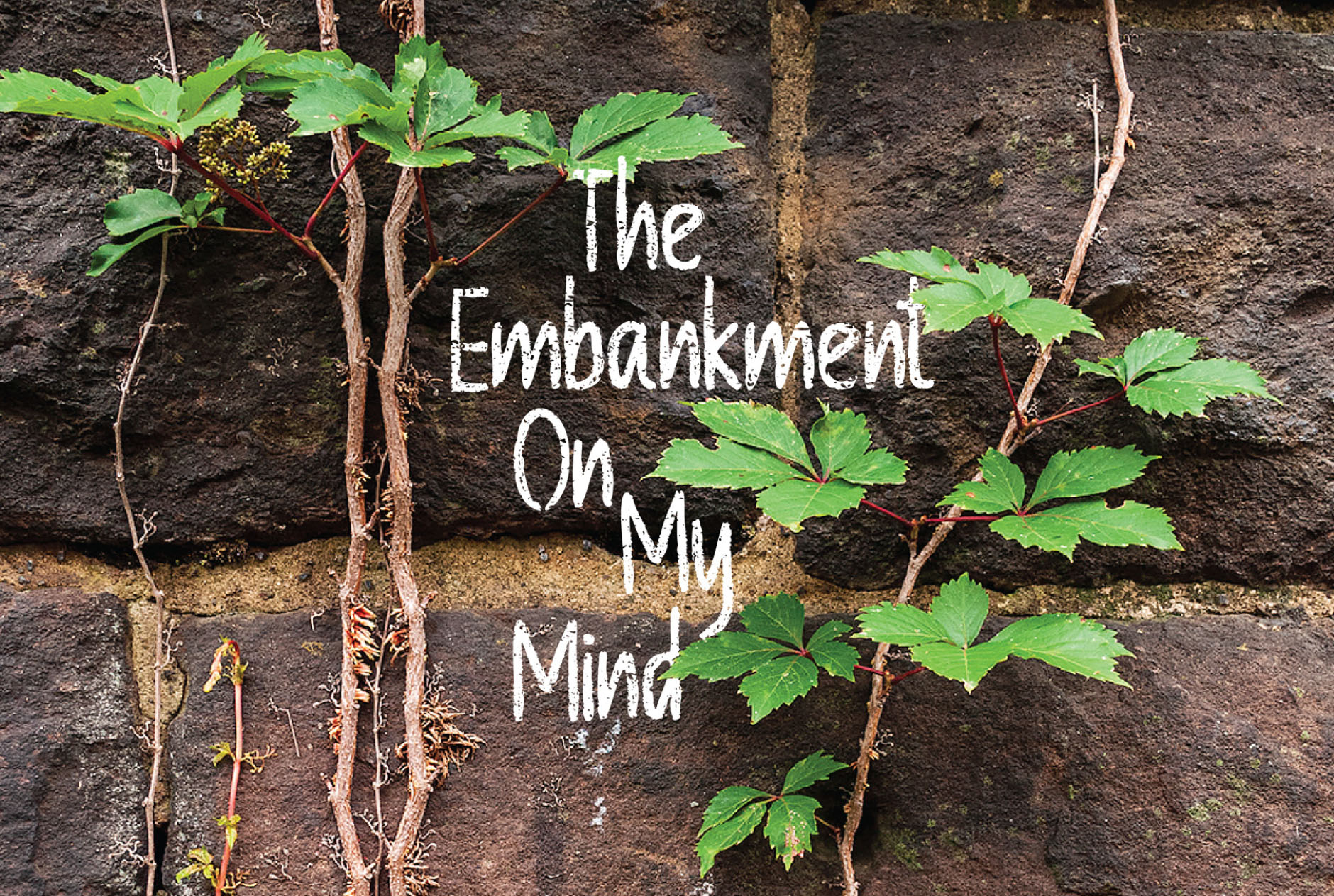
Poster announcing The Embankment on My Mind exhibition at NJCU’s art galleries. Underlying image: detail from photograph by Kerry Kolenut. ©Kerry Kolenut 2022. Courtesy of NJCU.
That artwork is now on view in a thought-provoking exhibition, “The Embankment on My Mind.” Curated by NCJU Galleries Director Midori Yoshimoto and independent curator Peter Delman, the exhibition runs through December 16, 2022 at New Jersey City University’s two on-campus art galleries. A festive opening reception drew attention to the Embankment’s beauty, history, and value to residents in and well beyond Jersey City.
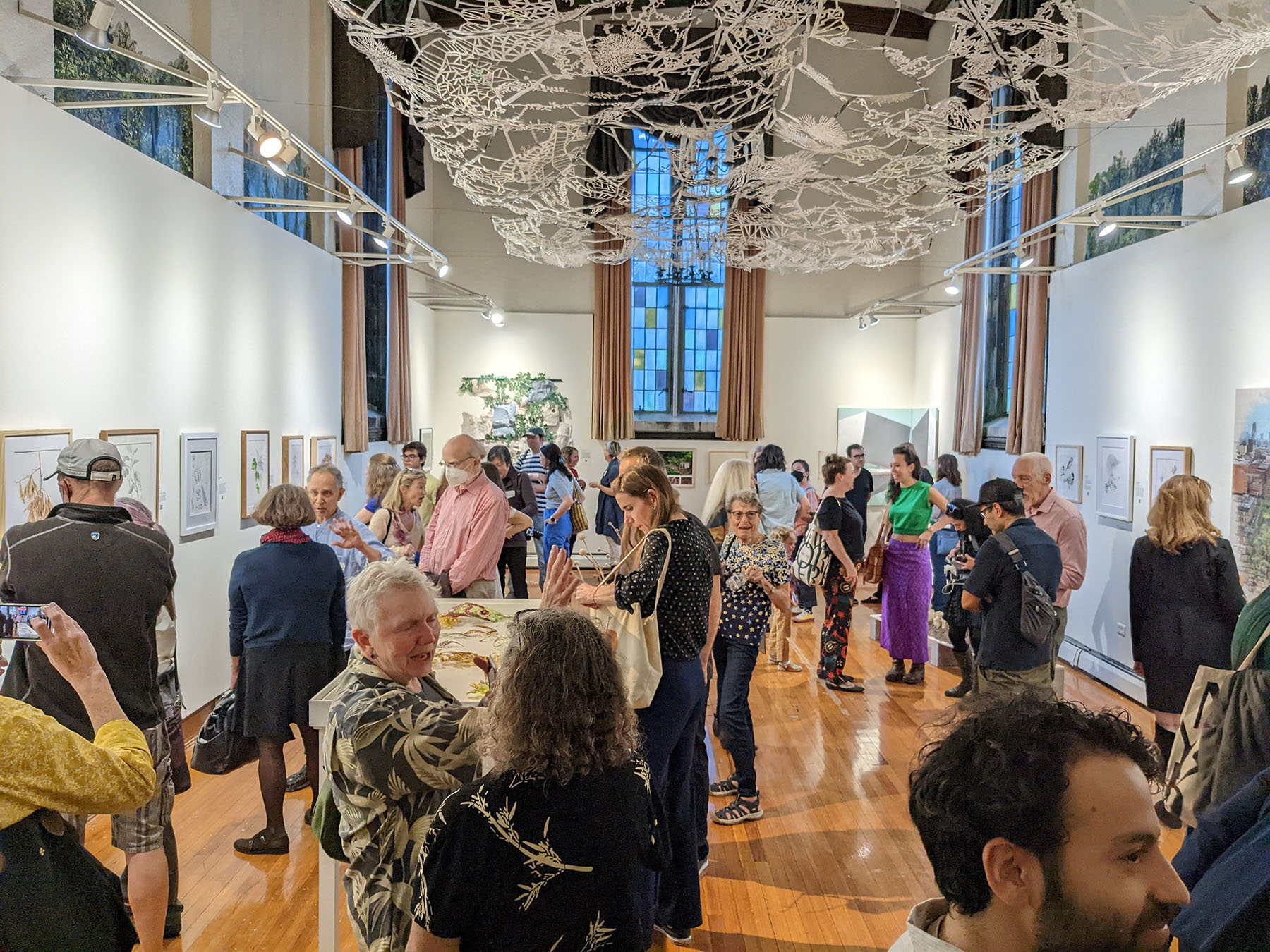
Opening reception at The Embankment on My Mind exhibition. ©NJCU 2022. Courtesy of NJCU.
As the Embankment Preservation Coalition reports, the Harsimus Branch is a mile-long rail corridor in Jersey City. Once the Pennsylvania Railroad’s freight way to New York Harbor, the corridor hosts a massive, still largely intact, stone structure – a vestige of a once-dominant rail economy.
Erected in the early 1900s, this structure – the “Embankment” – ranged in height from 13’ – 27.’ Each stone weighed nearly a ton, lending the structure remarkable stability. Lauded at the time for its monumental qualities – a landscape historian praised the Embankment for having “the everlasting solidity of Egyptian pyramids and Inca roads” – the structure has withstood the test of time. It is now a historic right-of-way eligible for inclusion on the National Register of Historic places.
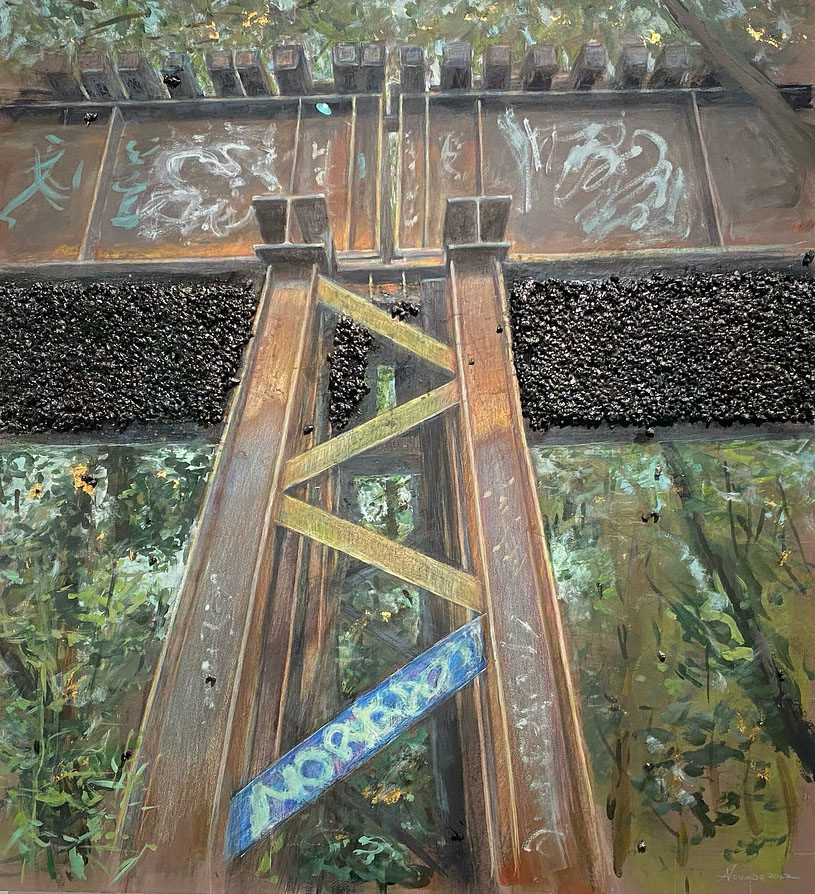
Anne Novado, My Embankment Project. Mixed media with carbon on cotton board. ©Anne Novado, 2022. Courtesy of NJCU.
In its heyday, the Embankment connected – indeed, shaped – Jersey City neighborhoods. It was key to the growth of the Port of New York, boosting the economies of New York and New Jersey. And it linked the Port of New York and Jersey City to historic sites from Philadelphia to New York.
But as technology evolved (and electric locomotives replaced steam engines), it became feasible to move rail traffic from New Jersey to New York by tunneling under the Hudson River. Rail traffic through Jersey City tapered off and, eventually, railways ceased using the Harsimus Branch altogether. Lack of street access to the elevated structure limited human traffic too.
Once rail traffic ceased, nature reclaimed the unused corridor for meadows, forestland, and habitat for birds, butterflies, and pollinators. Today, the green space atop the Embankment helps clean urban air, absorb heat, and soak up stormwater, reducing flows to overburdened city sewers. It offers a unique, self-seeded wilderness for studying biodiversity. And it presents exciting opportunities for expanding the City’s trail system for hikers and bikers locally and along the entire US east coast.

Nancy Cohen, Despite Everything. Glass. ©Nancy Cohen 2022. Courtesy of the artist.
None of this would have happened without tireless community involvement. In 1998, a proposal to demolish the Embankment and develop the site galvanized its neighbors. A working group of more than a hundred neighbors researched the structure’s historic, environmental, aesthetic and cultural assets and formed a coalition to preserve the site for public use.
The Coalition’s relentless efforts led Jersey City to withdraw its initial redevelopment plan. Today, community, city, regional and national organizations and elected officials at all levels of government enthusiastically support planning for public use of the site. The Embankment Preservation Coalition envisions creating a trail that would link the site to the East Coast Greenway. The Greenway, a planned and already partly constructed 3,000 mile long off-road trail, runs from Florida to Maine, connecting 15 states and 450 cities and towns with a safe route for walking and biking.
Going forward, the Coalition aims to ensure that artists continue to remain integral to the planning process, “weaving their vision and voices into the project, helping each of us to see and learn in new ways.”
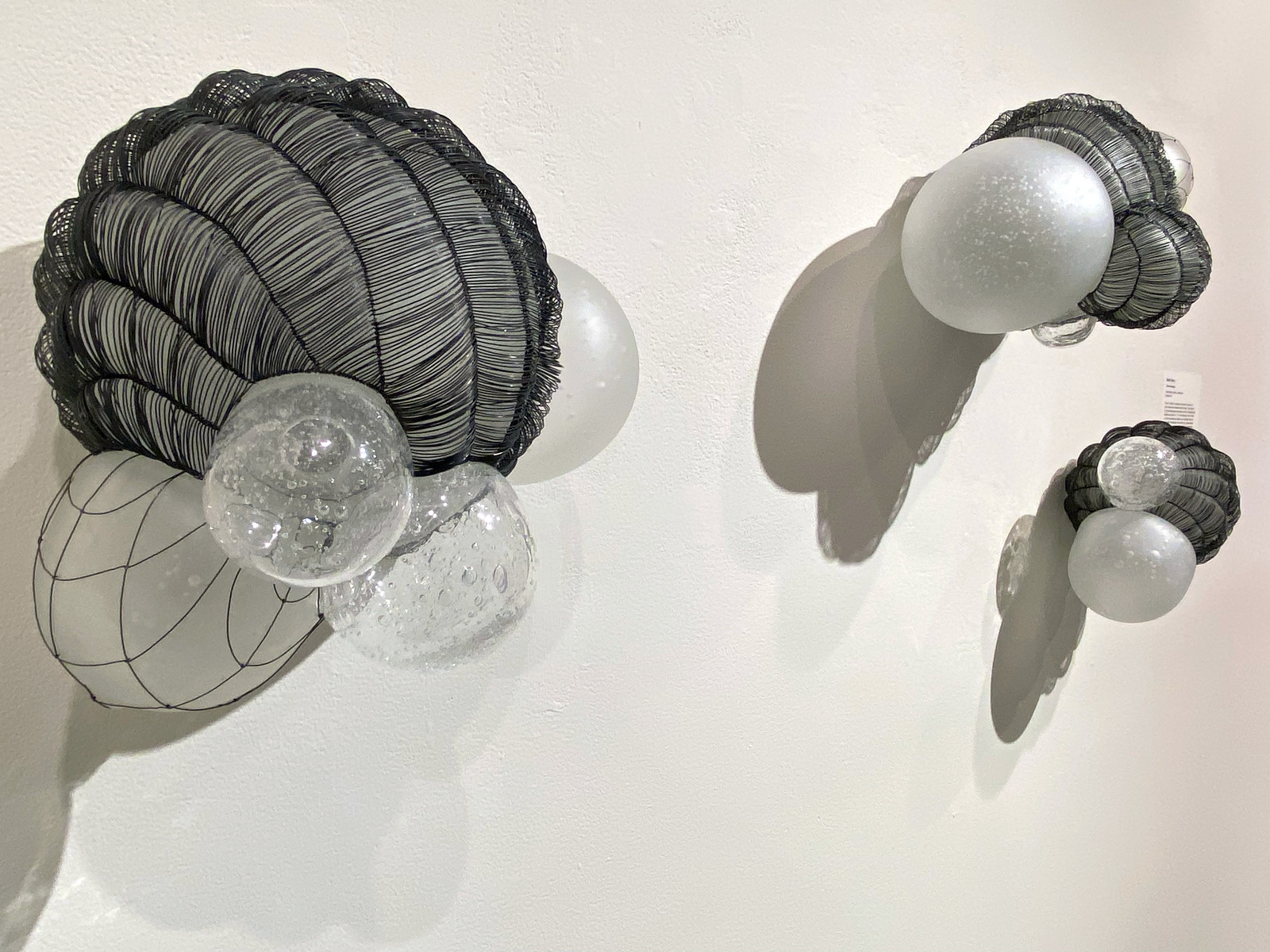
Beth Dary, Caged (installation view). Hand blown glass and steel wire “bubbles.” ©Beth Dary 2021. Courtesy of NJCU.
Learn more about the Embankment Preservation Coalition’s forward-looking vision here.
And be sure to check out “The Embankment on My Mind” exhibition. New Jersey City University’s on-campus art galleries are located at:
| NJCU Visual Arts Gallery 100 Culver Avenue Jersey City, NJ 07305 201-200-2496 |
NJCU Lemmerman Gallery (Hepburn 323) 2039 John F. Kennedy Blvd. Jersey City, NJ 07305 201-200-3246 |
Both galleries are open Mon. – Fri., 11 am – 5 pm and by appointment.
The closing reception will take place Dec. 16, from 4:00 – 6:00 pm at both NJCU galleries.

